Ants commonly invade homes all around the United States. Getting rid of these pests often depends on proper identification. However, there are many differences from one species of ants to another. Their appearance, mounds, and eating habits all differ greatly. Even after researching, you may still need professional help identifying your ants. For expert identification and removal of all ant infestations, Romney Pest Control can help.
How to Identify the Most Common Ants and their Mounds in San Antonio
Look for the following indicators when identifying common ants and their mounds:
The Ant Body
Several areas on the ant body can help you figure out which species you have on your hands. These areas include:
- Thorax shape
- Number of nodes (sections) of the petiole (waist)
- Thorax spines
- Antennae segments and shape
The Ant Nest
Many ants live in dirt mounds and the ground underneath. However, other species of ants will live in trees, fields, under rocks, or even inside your walls.
The Worker Ant Size
Ant colonies have either monomorphic or polymorphic worker ant sizes. Monomorphic workers are all the same size, while polymorphic workers vary in size. The worker ant size can range from 1/20 of an inch to half an inch. Small worker ants are typically less than 1/16 of an inch long. Larger still, medium-length workers span up to ⅜ of an inch. Most ants we see in the U.S won’t exceed ¾” in length.
The Ant Behavior
Taking note of how your ants behave, including what food they prefer, can help you identify them. Note if they prefer liquids to solids, run fast or slow, what their travel patterns are like, and how they react to threats. All of these factors can help you decipher which species they are.
Common Ants in Texas
Here’s how to identify the most common ants and their mounds in San Antonio.
Acrobat Ants
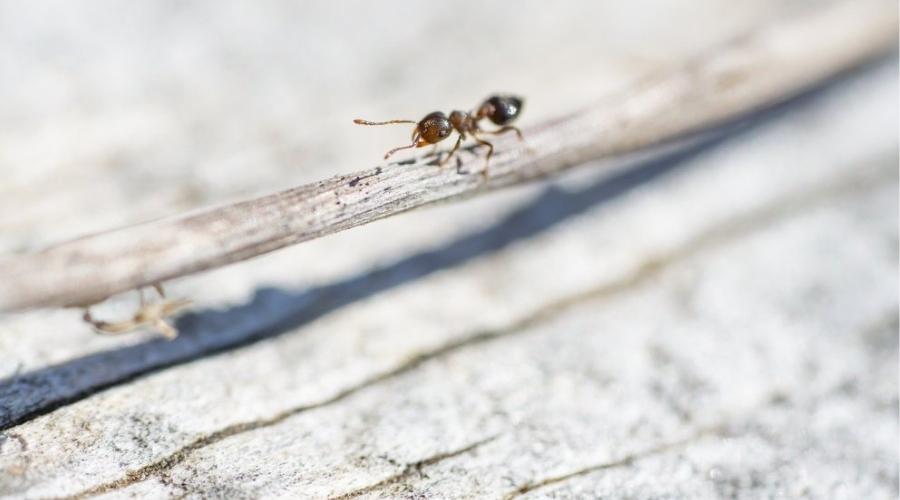
Acrobat ants are usually ⅛ of an inch long and pale brown to black. They have a heart-shaped abdomen, which they often raise over their thorax like acrobats when stressed. An acrobat ant colony will nest in rotting wood, such as trees, window sills, or similar. They eat many things, from meat to candy to insects. Excessive moisture will lure them into your home.
Carpenter Ants
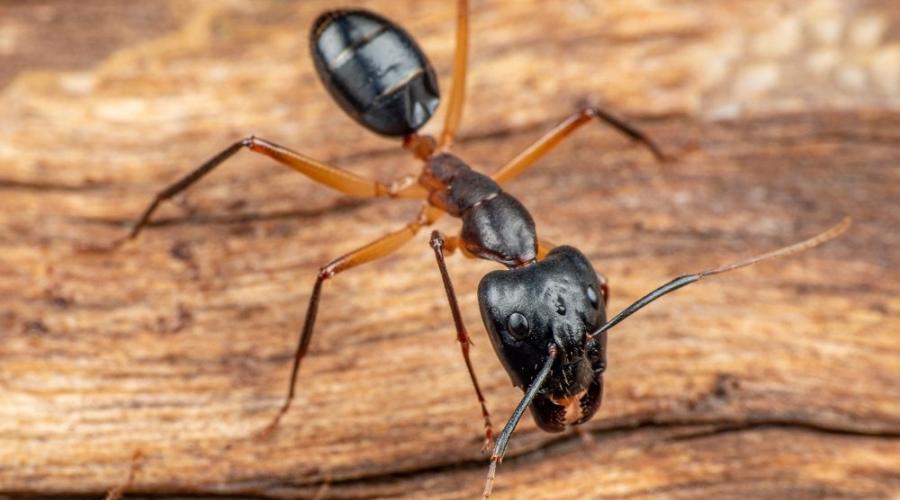
Carpenter ants are on the larger side, usually between 3/16 and ½ an inch. They are generally black or black and red and have polymorphic workers. As the name suggests, carpenter ants burrow in hollow spaces, including gaps behind tiles, wood paneling, and more. They eat sweets, meat, and living and dead insects.
Raspberry Crazy Ants

These ants are usually light to dark brown with long legs and lots of hair. They are easily identifiable by their zigzag paths. Crazy ants have large colonies with multiple queens and rarely go anywhere alone. If crazy ants find their way into your house, they will likely nest in the soil of potted plants or near electrical wires.
Little Black Ants
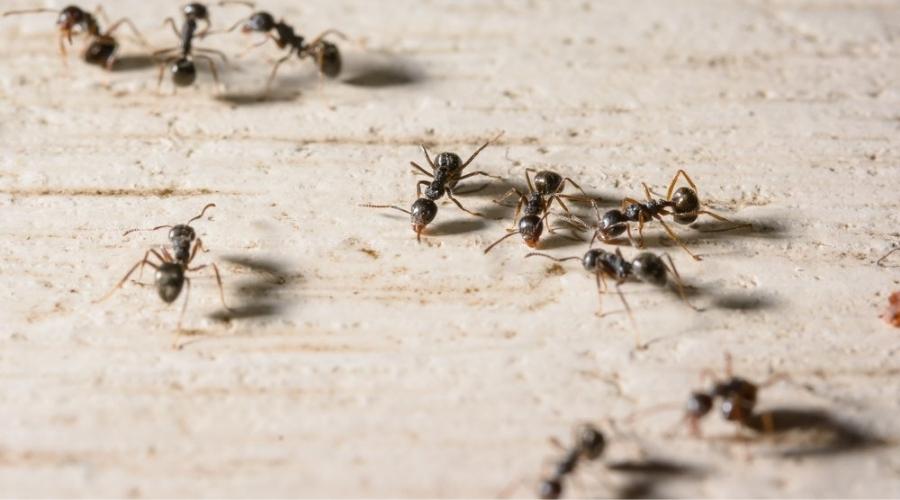
As the name suggests, little black ants are tiny and range from dark brown to black tones. They often nest in forests or rocky ground. Because of their small stature, if a little black ant stings you, you may not feel it or even notice.
Odorous House Ants
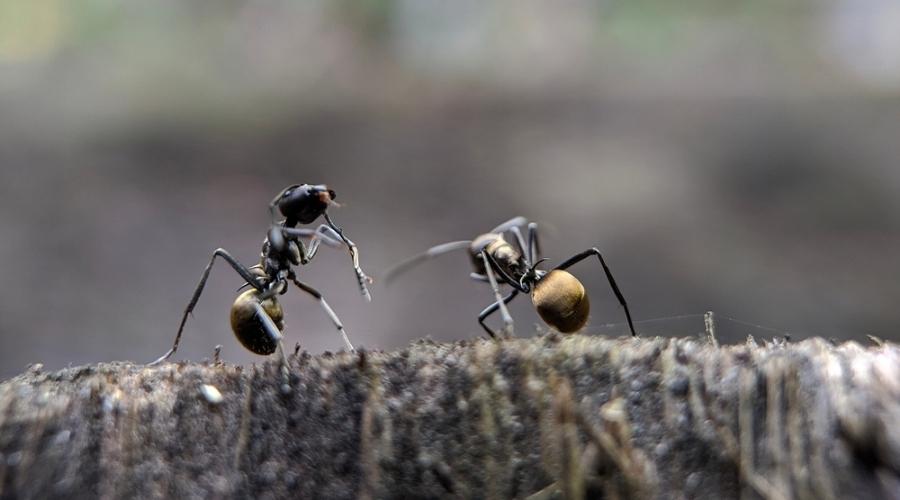
Odorous house ants are larger, about 1/10 of an inch long. When you squish them, they will smell like blue cheese or rotten coconut. They nest under objects like rocks or floors but move their nests periodically. They like to stay near sweet or meaty food sources.
Pavement Ants
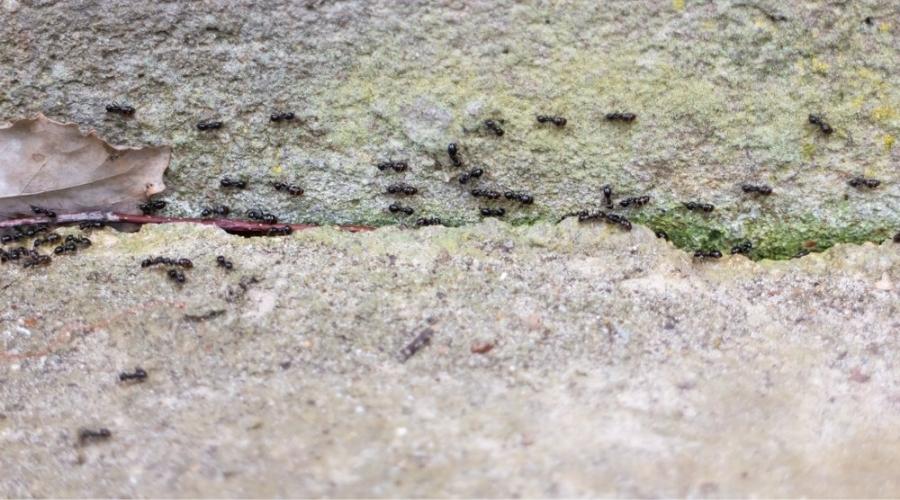
Pavement ants are usually ⅛ of an inch long and dark brown or black. They make their nests as their name suggests: in the cracks or by the edge of the pavement.
Pharaoh Ants
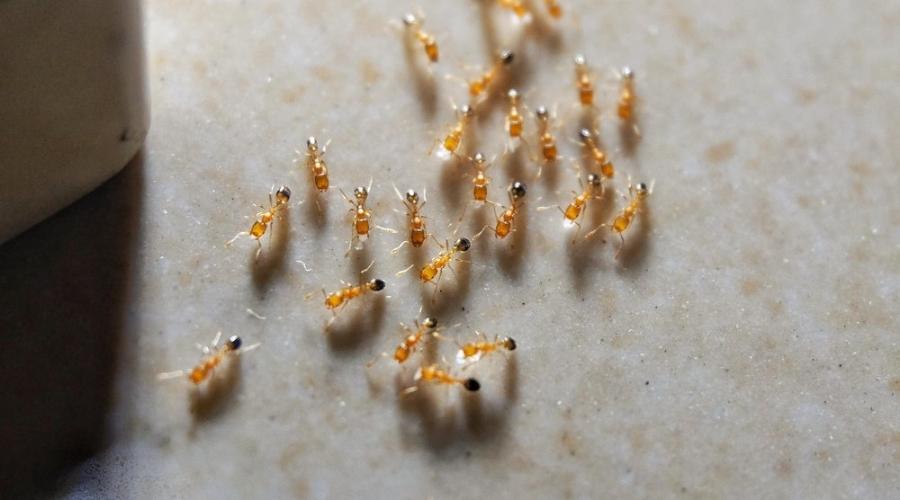
Pharaoh ants are small, about 1/16 of an inch, and yellow to red. They prefer soap or greasy food to other baits and make their nests in dark, warm, and moist crevices.
Red Imported Fire Ants
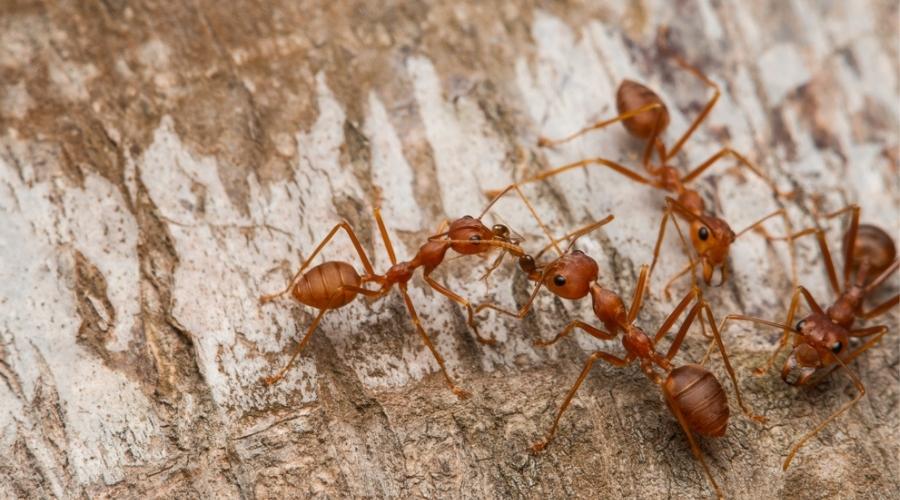
These ants are red in color and range from 1/16 to 3/16 of an inch in size. They build ant mounds that appear to have no entrances. They will also clump together to survive in water. They defend themselves using a painful sting.
Conclusion
By identifying your infestation of ants, you can better prepare to get rid of them completely. Knowing their species means knowing their habits, including what attracts them and where they keep their nests. This knowledge gives you control over the ants so you can get your home back.
Romney Pest Control provides efficient extermination and identification of ants. If you have an infestation, contact Romney Pest Control today and we’ll handle the rest!




